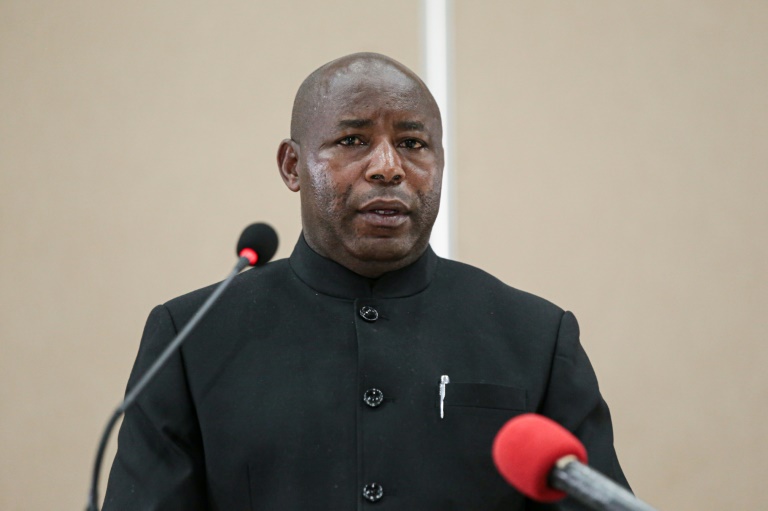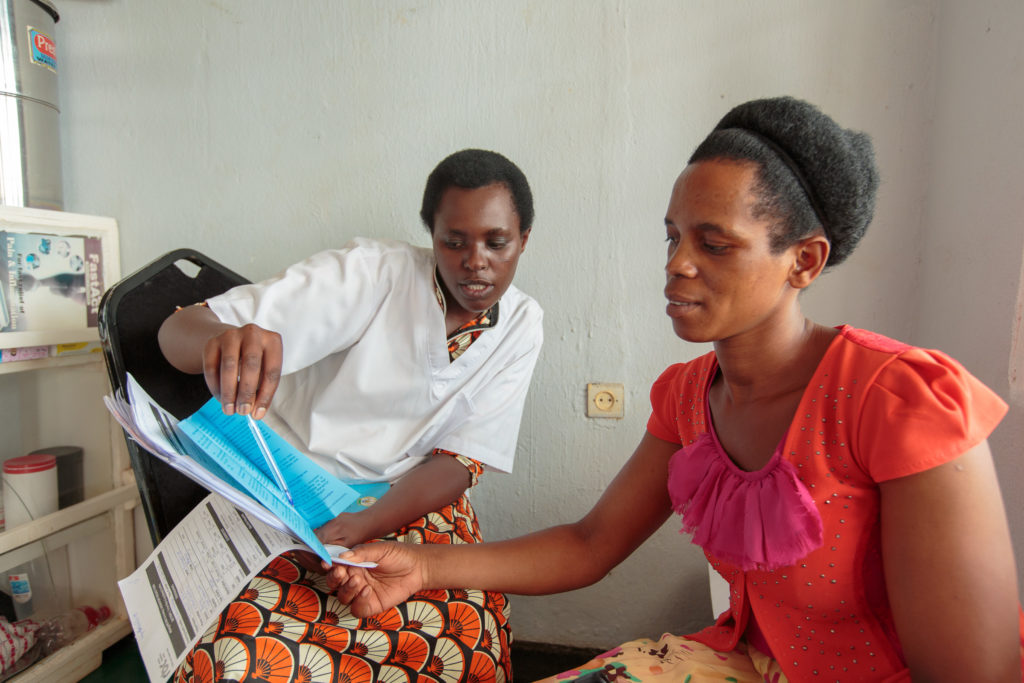Gambia is one of the most attractive destinations in the West African region and always comes invaluable as a tourist delight anytime.
Tourism is a vital component of the Gambian economy as it contributes over 20 per cent of the Gross Domestic Product (GDP) and also serves as one of the largest foreign exchange earners for the country while it employs around 19 per cent of the country’s population.
This, however, changed at some point in time as the Gambian tourism sector lost its effectiveness due to the downturn in the country’s economy arising from political uncertainties.
While the political uncertainties served as the turn-off for most tourists to the country, other factors such as the lack of needed infrastructure also created a huge gap and needed to be addressed.
Some of the tourism infrastructures that needed some urgent attention included tourist accommodation, wayside amenities, pilgrimage centres, restaurants, and electricity and telecommunication facilities among others.
The availability or otherwise of this infrastructure to a large extent is a determinant of the growth of the industry as it plays a crucial role in creating an environment conducive to achieving the tourism industry’s objectives.
Hence, the coming on board of President Adama Barrow in 2017 came with a sigh of relief for the sector alongside other sectors of the economy as some rays of hope were renewed especially in the area of infrastructure as there came a new idea for foreign direct investments in the sector.
Since then, the tourism sector has continued to benefit from strong private sector investment in eco-tourism. And the diversification of the country’s tourism attraction has boosted its ranking to become the third best eco-friendly destination in the world in 2022 according to the global travel site, Big 7 Travel.
This feat according to the ratings was achieved as a result of its activities aimed at protecting natural resources, people, or heritage through renewable energy, ESG financing community-led projects, and initiatives.
The government also renewed actions in rejuvenating assigned tourist markets and ensuring realistic use of the mapped-out “Tourism development areas”. Actions in this aspect included the construction of eco-lodges in various tourism and Forest parks across the country to promote community-based and domestic tourism.
It also opened up the tourism development area for interested investors, a development which saw a significant increase in the number of hotels as sufficient land exists to accommodate more infrastructure and other intended tourism facilities in the ” area”.
In return, tourism arrivals increased while employment opportunities also inched higher which in turn improved government earnings such that between 2017 and 2019, the tourism sector was rated the best performing sector in the country in the implementation of the National Development Plan.
But the euphoria was short-lived as the COVID-19 pandemic following precautions and lockdowns brought about some limitations to the gains being recorded in the area of building infrastructure because most works were halted.
Data from the Gambian Tourism Board further buttressed that the tourism industry lost $108 million in 2020 and a further $57.9 million of tax revenue due to the closure of vital businesses and hotels.
The government has, however, bounced back and has embarked on some measures to see the sector back on the path of growth. Among other things, the government through a project backed by the Spanish Red Cross with EU funding is constructing road networks feeding into a newly mapped out Tourist Development Area which has been earmarked as a hub for future tourist development operations.
Other activities being carried out for the mapped-out areas include the provision of streetlights, tree planting activities for beautification and the construction of an art market as side attractions for tourists.
Due to the importance of the safety and security of both tourists and residents, the government is also engaging in security infrastructure to make the environment safe for all.
Though it is not yet Uhuru in the Gambian tourism industry it has a long way to go.
Most of the collapsed infrastructure in some of its renowned tourist sites such as James Island popularly known as the Kunta Kinteh Island, Fort Bullen and others spread across the country has remained in a poor state without any touch of repairs or maintenance for a chance to survive.
With the increasing need to build new infrastructure and develop the industry to enviable heights, effective government policies that will encourage more private sector investments and promote tourism activities are needed.
It can come in form of flexible policies to consolidate the existing Tourism development areas, especially through public-private partnerships and transparent government initiatives devoid of unnecessary bureaucracy. Government can also maintain the old existing structures to keep alive the memories of the country mostly referred to as the “smiling coast of Africa”.


